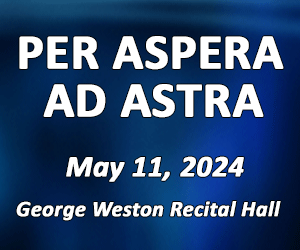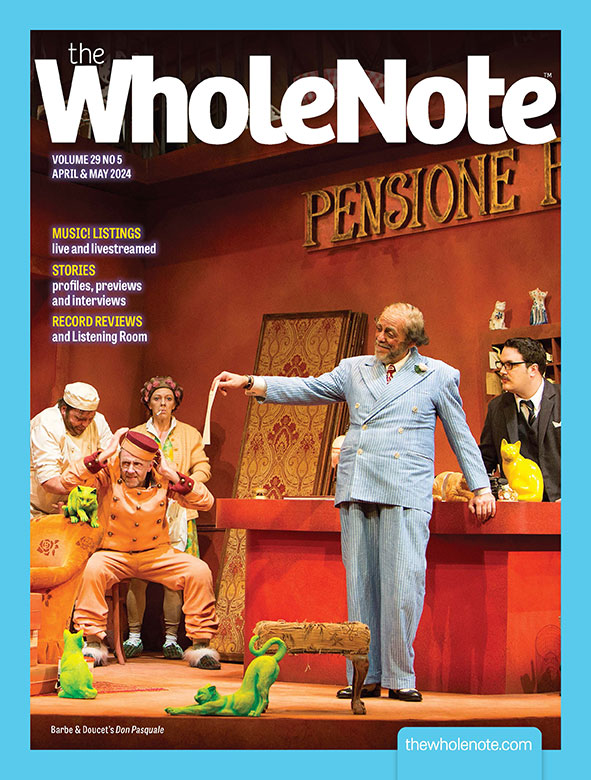At some times of the year (and in some years more than others) I find myself thinking about my dear former neighbour, Ida Carnevali, founder of the Kensington Carnival Arts Society (KCAS).
As I wrote in this spot, back in May 2006, the various projects of KCAS over the decades were “a living example in the art of throwing some transforming activity into the path of the ordinary, nowhere more dramatically and effectively than in the annual Kensington Festival of Lights which to this day takes the form, at sunset every winter solstice, of a hand-made lantern-lit Market-wide march, from scenario to scenario, re-enacting all the world’s yearning for light.”
“Scenario ambulante,” she called it, organizing various scenes to be performed along the route of the march, enlisting everyone she could round up to participate and then leading the audience on a journey to discovery the story.
As I wrote back then, “It is that potential for accidental discovery that I yearn for in the urban context. Urban art, it seems to me, should be judged by the extent to which it can be ‘come across’ by people engaged in the ordinary. And even more so by the extent to which the artists themselves are willing to go beyond ‘business as usual’ by availing themselves of the opportunities for chance encounters and spontaneous collaboration.”
In the KCAS Festival of Lights solstice drama, during the Ida years, there were great battles in the streets between giant puppets representing forces of darkness and light, sometimes Hannukah scenes, always on a Market rooftop a Nativity (which annoyed the hell out of the solstice purists). Always there were real people, bystanders, simply going about the ordinary, stumbling across the ordinary, being amazed, and by their amazed presence becoming, in turn, part of the spectacle.
Most especially, always at the end, and usually in some empty wading pool in one or another local park, surrounded by hundreds and sometimes thousands of young and old, there was a giant fire sculpture representing the old year, which after a period of frantic drumming and dancing was set ablaze, sending the sparks flying upward.
(I remember one year, sometime before global warming, we made snowballs, shivering round the wading pool as the sculpture burned, and on impulse threw them into the fire. “Why are you doing that?” someone asked. “It’s making a wish for the new year,” we answered. “It’s for luck.” So the person who had asked the question made a snowball and threw it into the fire. And someone asked them “Why are you doing that?” and they answered “It’s making a wish for the new year. It’s for luck.”)
And after that it snowballed effortlessly into a tradition which rekindles without discussion every time there is snow at the solstice.
It’s interesting to read what I wrote ten years ago about urban art and the need for accidental discovery, and about artists being willing to go beyond the ordinary. Much more than I felt back then, it seems as though these are things that willy-nilly are under way, and somehow they make more easily described sense this time round. Take the World View column in this issue (page 24), as an example, with its description of secret concerts, and how they have the potential to breathe life into ordinary space. “Ida knew that,” I say.
But I have to confess that what got me thinking about Ida on this particular day was a gloomier thought – that sometimes a year deserves to go out without any fanfare, especially a year as loud and globally destabilizing and politically topsy-turvy as 2016 has been. Maybe instead it should be sent slinking into the night with neither a wish nor a prayer, nor even a snowball hurled after it.
“Not with a bang but a whimper,” as T.S. Eliot said?
Well, maybe. But then again, maybe not. If I look around this room, change goes on here at The WholeNote, in lots of quietly methodical and interesting ways.
One example: last month you could have accessed a flip-through edition of this print magazine three days before the print edition hit the street, and within a couple of days of the print magazine hitting the street you could have gone to the online listings on our website and used the Ask Ludwig search engine there for listings in any genre, geographic zone and date range we cover.
(Ten years ago, by contrast, if you wanted to look at our live concert listings you would have waited for a copy of the magazine to arrive at one of the hundreds of places to which it was distributed in the thousands, by a dedicated crew of drivers and hoppers, most of them music lovers themselves. Just for you, dear reader, to pick up, free of charge.)
We still do that, so you still can. (And a quiet thank you to all the drivers and hoppers who make that fact possible, month in and month out.)
But this month if you’d known about it, you could have accessed the searchable online listings for December/January a full week before we went to press. And, all going as planned, if you go back to the website to Ask Ludwig for help at the beginning of January, you will find hundreds of listings already on line, clear through to the end of the season. More than ever, when the world feels dauntingly big, everything that adds to the potential for accidental discovery of art and music on a human scale is a victory of sorts.
Throw a snowball in a fire and make a wish.
publisher@thewholenote.com




